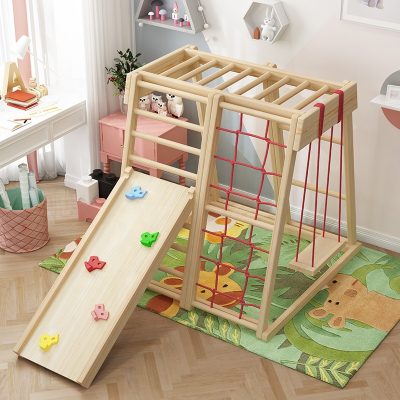Dolls have played a significant role in cultures around the world for centuries. They are not only cherished toys but also symbolic and cultural artifacts that reflect the values, traditions, and aesthetics of different societies. Here’s a global perspective on dolls in various cultures:
- Japan – Kokeshi Dolls: Kokeshi dolls are traditional Japanese wooden dolls with a simple cylindrical shape and a round head. They are known for their artistic and colorful hand-painted designs. Each region in Japan has its own style of Kokeshi doll, and these dolls are often given as gifts, representing friendship and well-wishing.
- India – Rag Dolls and Golu Dolls: In India, rag dolls are handmade from cloth scraps and are often dressed in traditional attire. These dolls are used to teach children about Indian culture, clothing, and customs. Golu dolls are used in the South Indian festival of Navaratri, where they are displayed in tiers to depict scenes from Hindu mythology and epics.
- China – Chinese Opera Dolls: Traditional Chinese opera dolls are intricately crafted and are used to represent characters from Chinese operas. They are often made of clay or wood and are dressed in elaborate costumes. These dolls are both collectible items and tools for teaching about Chinese culture and performing arts.
- Russia – Matryoshka Dolls: Matryoshka, or nesting dolls, are perhaps one of the most iconic Russian cultural symbols. They consist of a set of wooden dolls of decreasing size placed one inside the other. Each doll is beautifully painted with traditional Russian motifs. Matryoshka dolls are often used to teach counting and size differentiation to children.
- Mexico – Alebrijes and Lucha Libre Dolls: Alebrijes are brightly colored Mexican folk art sculptures of fantastical creatures. They have also been made into dolls, promoting Mexican creativity and culture. Lucha Libre dolls represent the popular Mexican wrestling tradition and are often collectibles and toys among fans of the sport.
- Native American Culture – Kachina Dolls: Kachina dolls are made by Native American tribes in the southwestern United States, particularly the Hopi and Zuni tribes. These dolls represent spirit beings from their religious beliefs and are used in religious and educational contexts.
- African Culture – Beadwork Dolls: Various African cultures have a rich tradition of beadwork, and dolls adorned with intricate beadwork are used as both playthings and symbolic objects. These dolls often represent cultural attire and customs.
- Egypt – Shabti Dolls: In ancient Egypt, shabti dolls were funerary figurines placed in tombs to serve the deceased in the afterlife. These dolls were believed to come to life and perform tasks for the deceased in the next world.
- Inuit Culture – Inuit Dolls: Inuit dolls are traditionally made by the indigenous peoples of the Arctic. They are often made from materials such as sealskin and depict traditional Inuit clothing and customs. These dolls are used to teach children about their cultural heritage.
- Ghana – Akuaba Dolls: Akuaba dolls are wooden fertility dolls from the Akan people of Ghana. They are often given to women as a talisman to help them conceive and ensure a healthy child. These dolls are characterized by their disk-like heads and slender bodies.
Dolls in different cultures serve a variety of purposes, from toys for children to objects of cultural preservation, education, and artistic expression. They reflect the diversity of human creativity and the importance of preserving cultural heritage through play and symbolism.



















